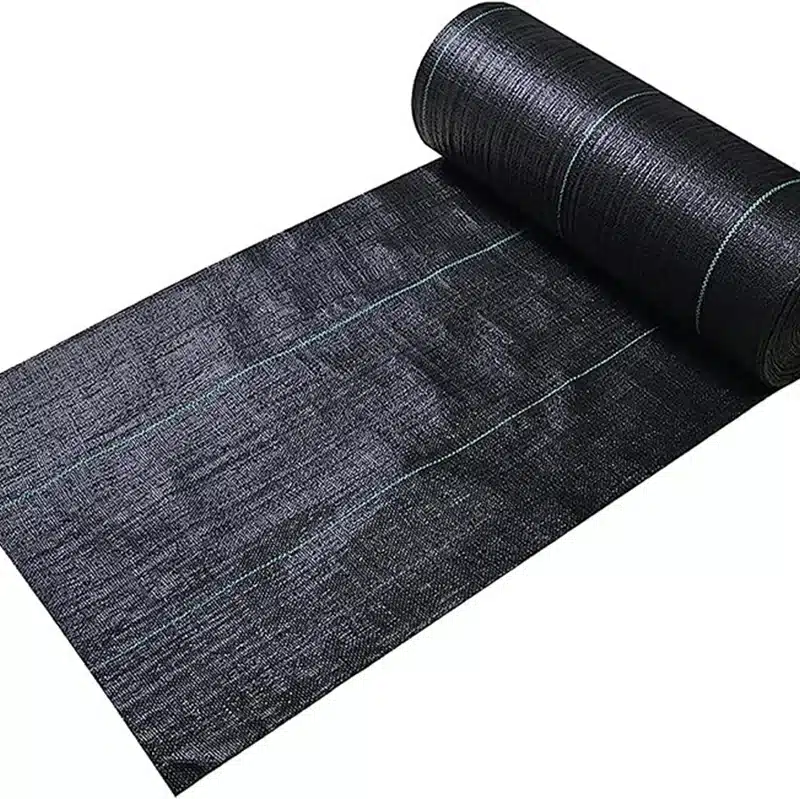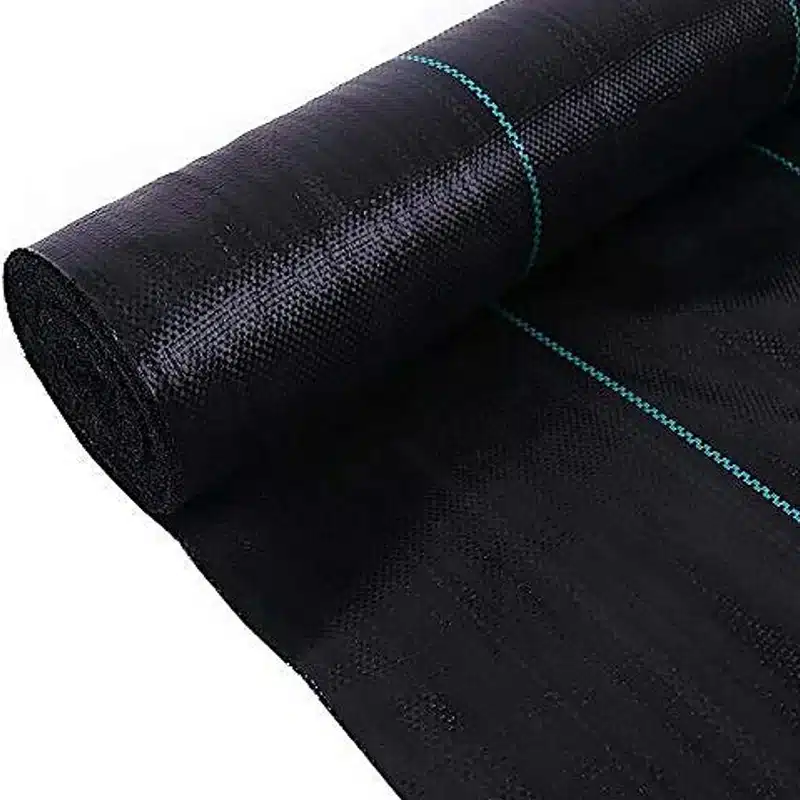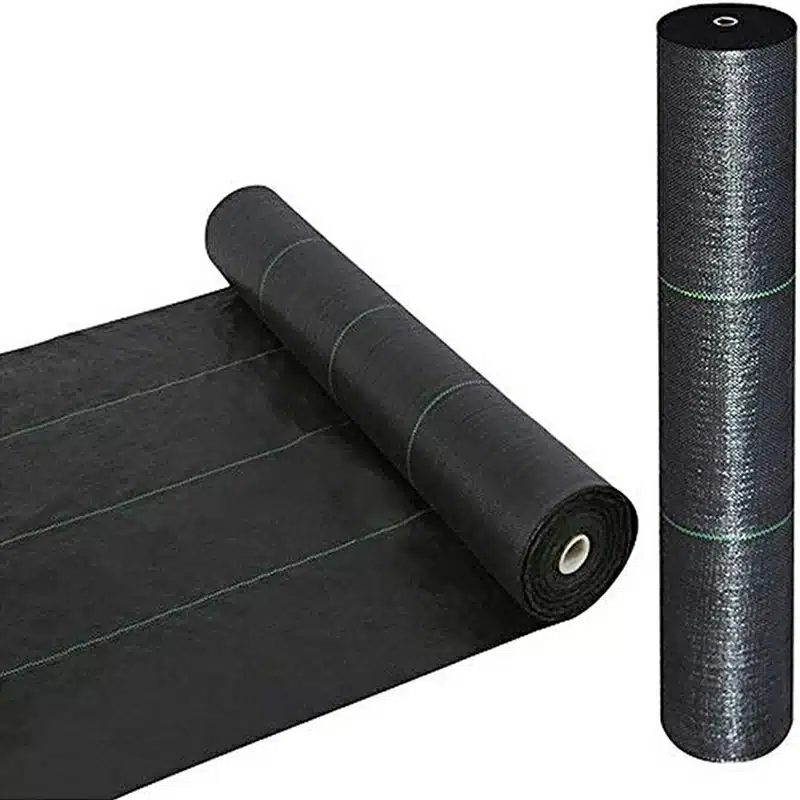+86-159 9860 6917
info@geofantex.com
geofantex@gmail.com
+86-400-8266163-44899
When planning outdoor construction or landscaping, understanding the difference between landscape fabric vs. drainage fabric is critical for long-term performance and stability. While both are part of the geosynthetics family, their roles vary greatly depending on your project goals.
What is the primary difference between landscape fabric and drainage fabric?
- Project Purpose: Identify whether the primary objective is weed suppression, water drainage, or soil stabilization. Landscape fabric is best suited for surface weed control, while drainage fabric performs better in subsurface water management.
- Water Flow Requirements: Assess the expected water volume and flow rate. High-permeability drainage fabrics are essential for effective drainage and filtration, whereas moderate-permeability landscape fabrics are usually sufficient for garden beds.
- Soil Type and Composition: Evaluate soil particle size and the presence of clay or silt. Fine-grained soils can clog landscape fabric over time, making nonwoven drainage fabrics a more reliable choice.
- Exposure and Durability Needs: For exposed applications, select thicker, UV-resistant landscape fabrics. For buried or structural applications, choose drainage fabrics with higher tensile strength and long-term resistance to mechanical stress.
- Layer Separation: When clear separation between soil and aggregate layers is required, drainage fabrics provide superior separation, preventing material mixing and system clogging.
- Budget Considerations: Landscape fabrics are generally more economical for light-duty landscaping projects, while drainage fabrics, though more expensive, deliver better long-term performance in demanding applications.
By evaluating these factors carefully, you can select the appropriate geotextile fabric to achieve effective water management, soil stability, and long-term project durability.
Which Factors Should Be Considered When Selecting Landscape Fabric or Drainage Fabric?

Selecting the appropriate geotextile fabric requires careful consideration of project-specific factors to ensure performance, durability, and cost-efficiency:
- Project Purpose: Determine whether the main goal is weed suppression, water drainage, or soil stabilization. Landscape fabric is ideal for surface weed control, while drainage fabric excels in subsurface water management.
- Water Flow Requirements: Evaluate the expected water volume and flow rate. High-permeability drainage fabrics are necessary for efficient drainage and filtration, whereas moderate-permeability landscape fabrics may suffice for garden beds.
- Soil Type and Composition: Consider soil particle size and clay or silt content. Fine soils may clog landscape fabrics over time, making nonwoven drainage fabrics a better option.
- Exposure and Durability Needs: For exposed surfaces, choose UV-resistant and thicker landscape fabrics. For buried applications, opt for drainage fabrics with higher tensile strength and resistance to long-term mechanical stress.
- Layer Separation: If the project requires clear separation between soil and aggregate layers, drainage fabrics provide superior soil separation and prevent mixing or clogging.
- Budget Considerations: Landscape fabrics are generally more cost-effective for light-duty landscaping, while drainage fabrics, though higher in cost, offer better long-term performance for heavy-duty applications.
By carefully evaluating these factors, you can select the right geotextile for your project, ensuring optimal water management, soil stability, and overall longevity.

Can landscape fabric be used for drainage purposes?
Landscape fabric is not specifically designed for drainage, but it can provide limited support in certain applications. Here’s how it performs:
- Filtration Role: It allows water to pass through while preventing soil and debris from entering gravel or drainage pipes, making it useful as a filter in systems like French drains or dry wells.
- Separation Function: Helps maintain the integrity of the drainage layer by keeping fine soils from mixing with aggregates.
- Limitations: It does not actively enhance water flow like dedicated drainage fabrics (nonwoven geotextiles) and can clog over time, especially in clay-heavy or silty soils.
- Better Alternatives: For heavy drainage requirements, nonwoven geotextiles or geocomposite drainage products are more effective due to their superior permeability and durability.
Landscape fabric can act as a supportive filter but should not be relied on as a primary drainage solution.
Can Landscape Fabric Be Used for Drainage Purposes?
Landscape fabric is primarily designed for weed control, not drainage. However, it can offer limited support in certain drainage applications:
- Filtration Role: Allows water to pass while preventing soil and debris from entering gravel layers or drainage pipes.
- Separation Function: Helps maintain the integrity of drainage layers by keeping fine soils from mixing with aggregates.
- Limitations: Does not actively enhance water flow like dedicated drainage fabrics (nonwoven geotextiles) and can clog over time, especially in clay or silty soils.
- Better Alternatives: For high-volume or long-term drainage, nonwoven geotextiles or geocomposite drainage fabrics are recommended due to superior permeability and durability.
Landscape fabric can serve as a supportive filter but should not be relied on as the primary drainage solution. For effective and durable water management, use fabrics specifically engineered for drainage.
Choosing between landscape fabric vs. drainage fabric comes down to understanding your project’s needs. Landscape fabric is best for surface applications like weed control, while drainage fabric is engineered for subsurface water management and soil stabilization. Using the right type of geosynthetic ensures better performance, longevity, and cost-efficiency. Always match the fabric’s function to your project to avoid structural issues and maintenance problems down the line.



Get Free Sample
We’ll respond as soon as possible(within 12 hours)






















